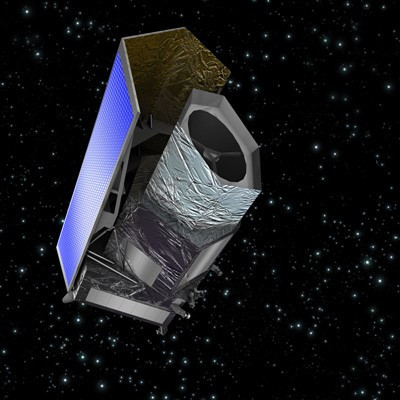Open University to Assist ESA’s Mysterious ‘Dark Universe’ Mission

Researchers from the Open University will take part in the European Space Agency and the UK Government's Euclid mission to explore the "hidden side of the universe" - dark energy and dark matter.
Selected in October 2011 alongside Solar Orbiter as one of the first two medium-class missions of the Cosmic Vision 2015-25 plans, Euclid received final approval from ESA's Science Programme Committee to move into the full construction phase, leading to its launch in 2020.
The committee also formalised an agreement between ESA and funding agencies in a number of its Member States to develop Euclid's two scientific instruments, a visible-wavelength camera and a near-infrared camera/spectrometer, and the large distributed processing system needed to analyse the data they produce.
"Cosmic acceleration was discovered in 1999, but we still don't know what causes it. The term 'dark energy' often describes this force, and the Euclid collaboration between academia and industry will study the 'dark Universe', looking at the evolution and distribution of dark matter and dark energy," Andrew Holland, Professor of Electro-Optics at The Open University's Centre for Electronic Imaging stated.
"Scientists have recently come to the startling conclusion that ordinary matter - that is protons, neutrons, electrons and atoms that we understand well - account for only 4% of the known Universe; the remaining 96% is thought to be made up of the mysterious dark energy and dark matter," he said.
The Euclid spacecraft will survey the sky, and a visible imaging instrument known as VIS will measure the shapes of distant galaxies using a digital camera with a large array of detectors called CCDs. The detectors will then measure the precise shape of those galaxies.
Foreground galaxies warp the space and time around them, according to Einstein's theory of gravity, and the shapes of background galaxies appear subtly distorted by these foreground warps. By measuring these subtle warps, Euclid will enable direct measurements of the amount and nature of dark energy in the universe.
Euclid has now been adopted as an official ESA mission and solidifies the Euclid Consortium at the forefront of worldwide research into the "Dark Universe"'. The satellite is due to launch in 2019.
© Copyright IBTimes 2025. All rights reserved.





















